I honestly didn’t expect to stumble upon some of the world’s best-preserved Greek temples on an Italian island. Sicily kept surprising me with its wild collection of ancient ruins that yank you back more than 2,500 years.
The ancient Greek temples scattered across Sicily aren’t just well-preserved—they’re often more intact than many you’d find in Greece itself, standing as perfect time capsules of classical architecture.
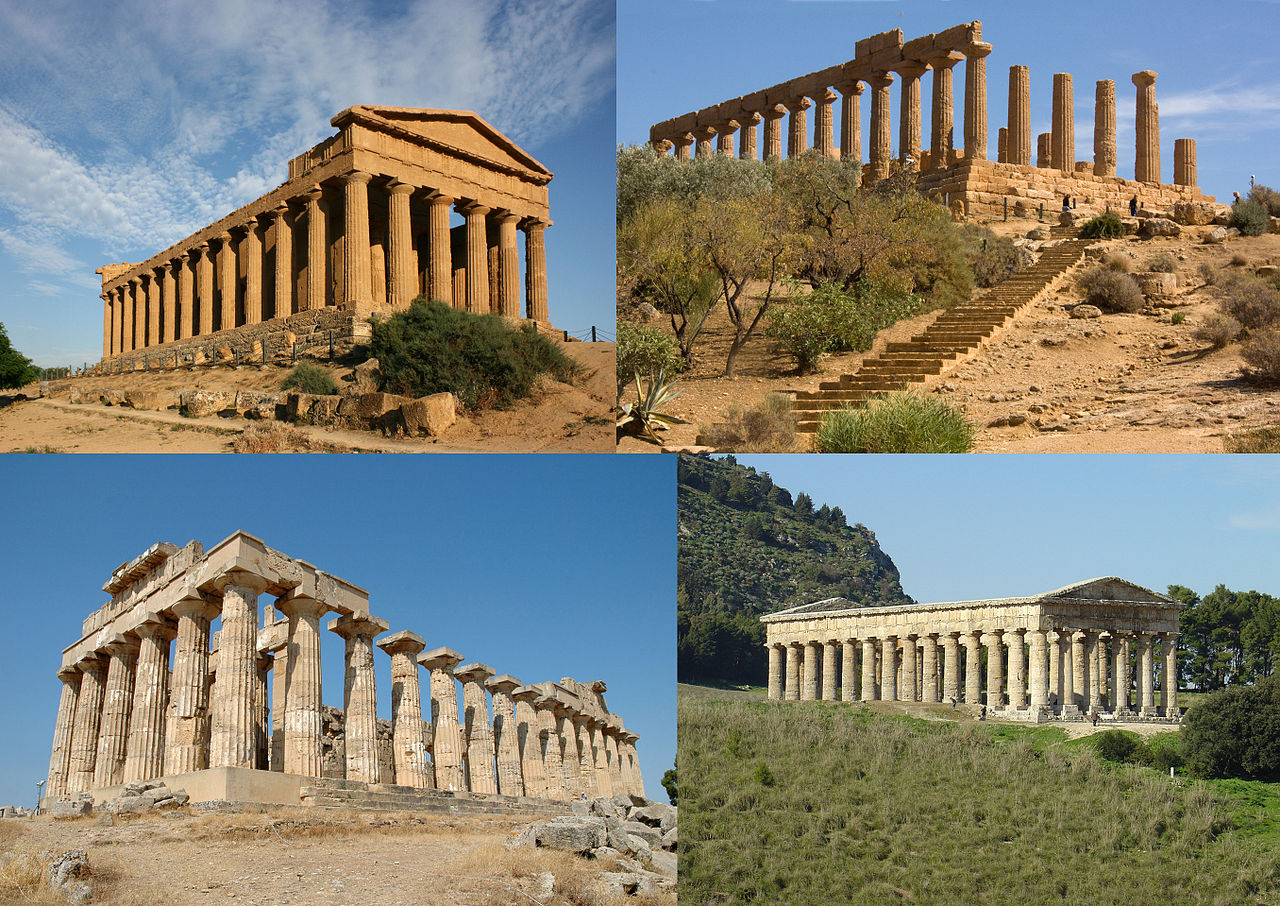
Image Source: Wikimedia Commons
My week of wandering through Sicily’s Greek heritage totally changed how I look at ancient history. From the jaw-dropping Valley of the Temples in Agrigento to the lonely temple at Segesta perched on its own hillside, each spot tells its own story.
The Greeks landed here in the 8th century BCE and left behind a legacy you can still see everywhere.
What makes these temples so special isn’t just their age or condition. It’s the way they blend into Sicily’s colorful landscape.
One minute you’re admiring a perfect Doric column, the next you’re gazing out at the blue Mediterranean or munching on pistachios in a sleepy town. Sicily mixes Greek history with Italian charm, turning every ancient ruin into an adventure instead of a dusty history lesson.
Arriving in Sicily: First Impressions and History
Landing in Sicily felt like stepping into a vibrant tapestry, where ancient history and modern life get tangled together. The island’s spot in the Mediterranean has made it a crossroads of civilizations for thousands of years.
Palermo’s Historic Streets
I landed in Palermo on a warm April morning and got hit right away by the city’s chaotic energy and wild architecture. Sicily’s capital shows off a wild mix of cultures in its buildings, its food, and its people.
As I wandered the historic center, I kept noticing the layers of history everywhere I looked. Norman palaces stand next to Baroque churches and buildings with Arab touches, each one telling a piece of Sicily’s story.
My tour guide rattled off the names of twelve different conquerors who’ve shaped the island. It’s a lot to take in.
The markets in Palermo are a feast for the senses. Ballaro and Vucciria buzz with vendors selling everything from gleaming fish to piles of local veggies.
The streets feel genuinely Sicilian—no touristy gloss, just real life.
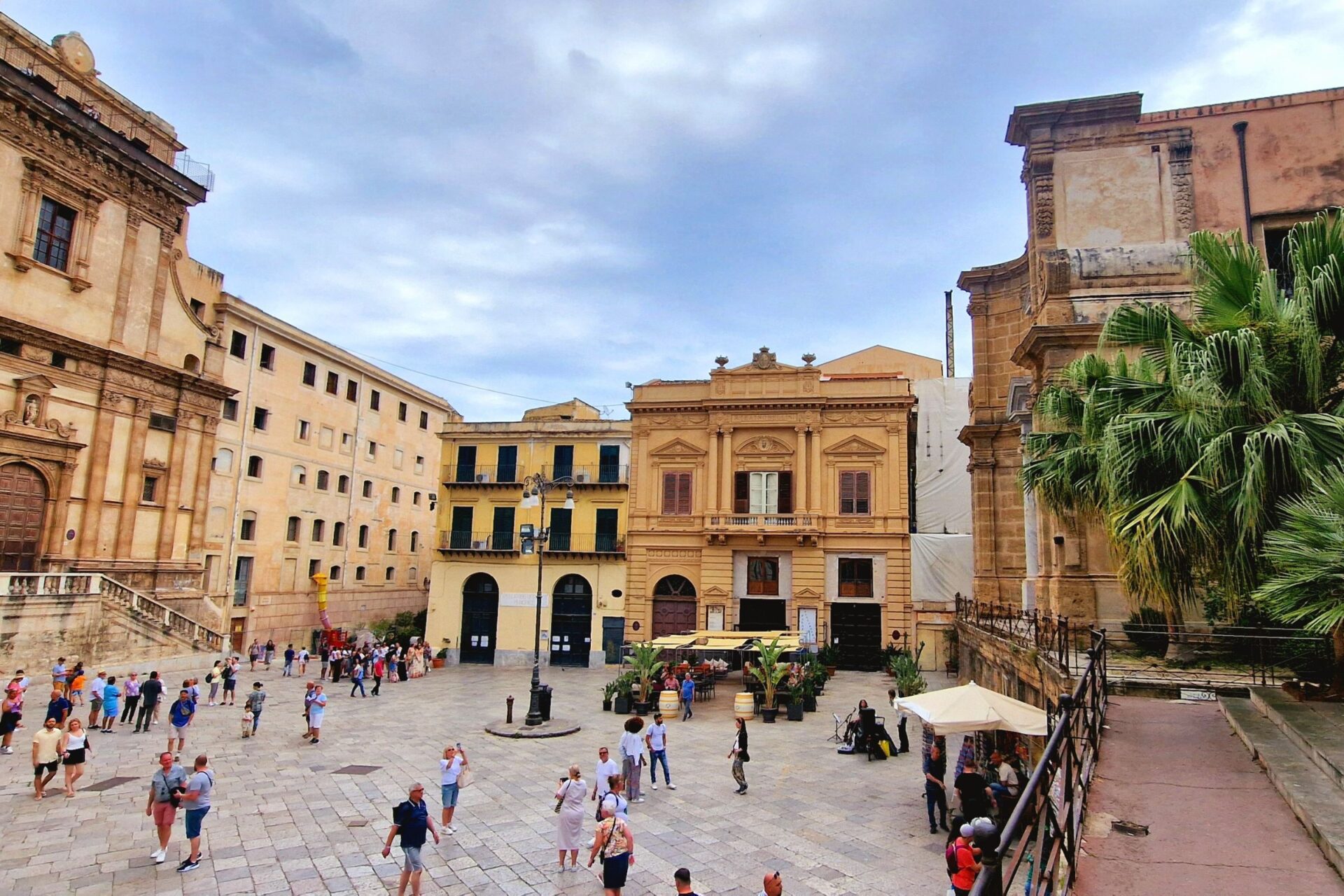
Mediterranean Scenery and Culture
Once I left Palermo, Sicily’s landscapes took over. Cruising along the coast, I watched the Mediterranean sparkle against cliffs and golden beaches.
Sicily’s central spot in the Mediterranean shaped its culture in a way you can feel. Greek temples, Roman villas, and Norman cathedrals dot the countryside, each one a reminder of the island’s tangled heritage.
I planned my trip for spring, which locals say is the best season to visit. The weather was just right for exploring, and the crowds were way lighter than in summer.
Sicilians greeted me with warmth and obvious pride in their home. People seemed eager to share stories about their island’s history and traditions.
Discovering Sicily’s Ancient Greek Temples
Sicily holds some of the most jaw-dropping Greek ruins outside Greece. The island’s strategic spot made it a key Greek colony, and they built temples here that have somehow survived the centuries.
The Valley of the Temples in Agrigento
My first brush with Sicily’s Greek heritage happened at the Valley of the Temples in Agrigento. This UNESCO World Heritage site blew me away with its row of Doric temples perched dramatically along a ridge.
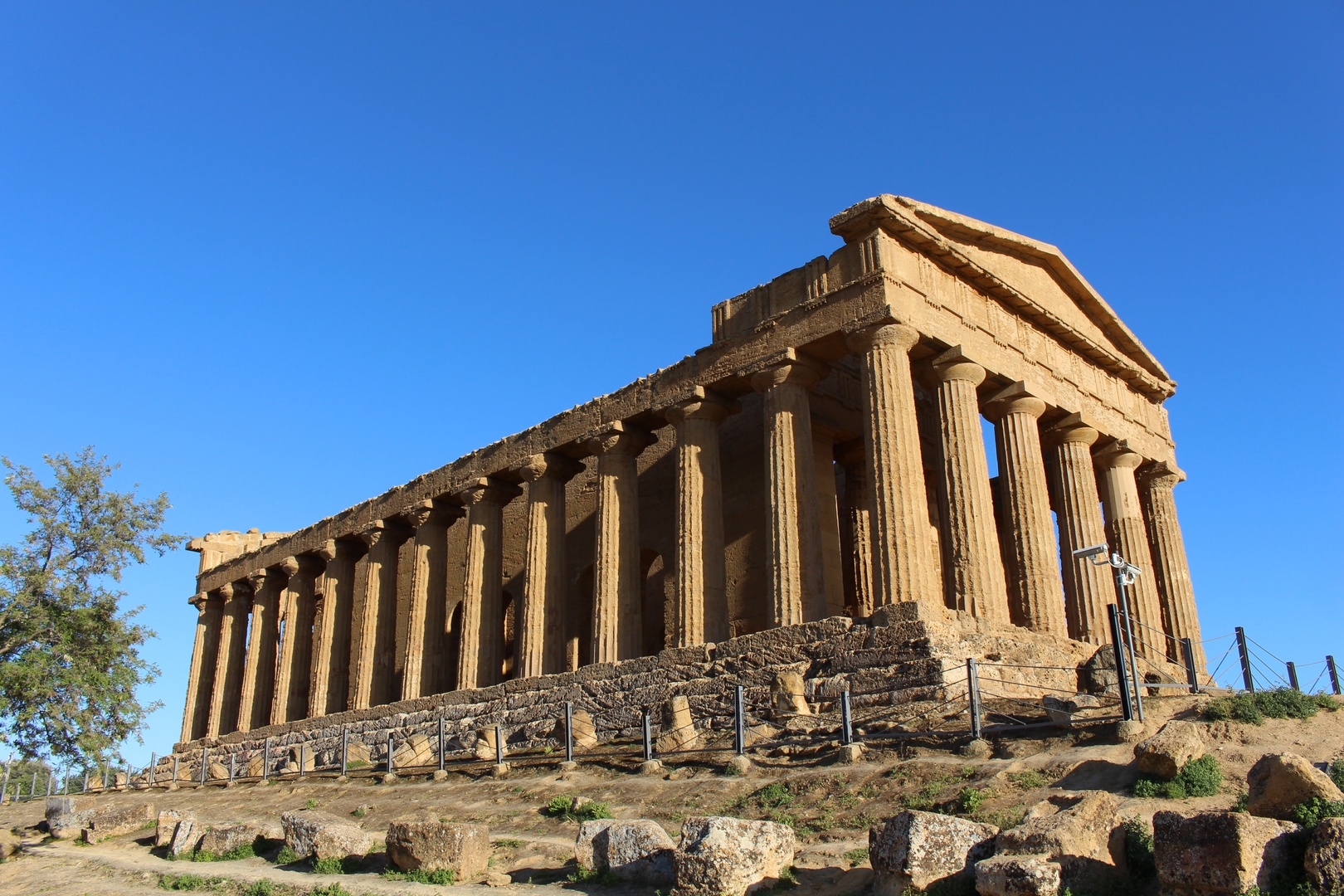
The Temple of Concordia stands as the best-preserved ancient Greek temple outside mainland Greece. I couldn’t believe how perfectly it’s survived—columns and all—after 2,500 years.
As I wandered through the site at sunset, golden light washed over the honey-colored limestone. The temples seemed to glow, with the Mediterranean Sea in the distance.
The Valley holds eight temples, each one dedicated to a different Greek god or goddess. The Temple of Juno and the Temple of Hercules aren’t as complete, but they still tell powerful stories of ancient worship and architectural skill.
Exploring Segesta’s Majestic Ruins
Next up was Segesta, where a single Doric temple sits alone on a hillside, surrounded by rolling countryside. Compared to the Valley of Temples, Segesta feels quieter and more personal, with just one beautifully preserved temple.
Built around 430 BCE, the temple has 36 huge columns that have stood tall for over two thousand years. Its isolated setting really struck me—no modern buildings, just the view you imagine ancient visitors saw.
I hiked up the hill to Segesta’s ancient theater. They carved it right into the mountainside, and the views across Sicily’s interior are unreal.
I got there early in the morning to dodge the tour buses and soak up the peace. The low sun cast dramatic shadows between the columns—perfect for photos.
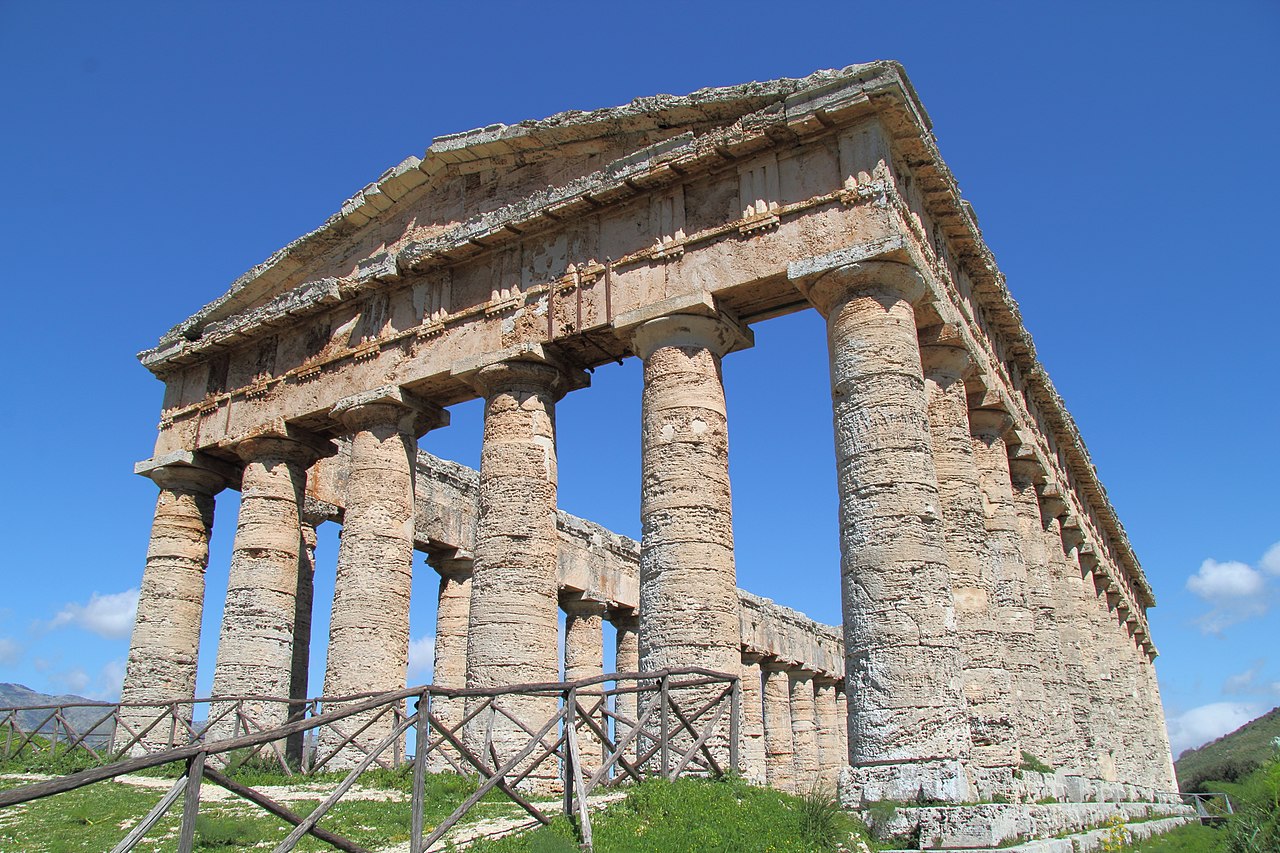
Image Source: Wikimedia Commons
Uncovering the Secrets of Syracuse and Ortigia
Syracuse (Siracusa) brought a whole new side to my Greek temple adventure. Once the most powerful Greek city in the Mediterranean, Syracuse’s archaeological park still holds some amazing ruins, including a massive Greek theater that once fit 15,000 people.
They carved the theater straight into the hillside, and it still hosts performances in summer. I lucked out and caught a Greek play performed right where audiences gathered 2,500 years ago—pretty unforgettable.
Ortigia, the island heart of Syracuse, shows how Greek elements blend into later styles. The Cathedral of Syracuse actually uses the columns of an ancient Greek temple to Athena in its walls.
As I wandered Ortigia’s narrow streets, I kept spotting Greek remains tucked into medieval buildings. The layers of history give the place a vibe where ancient Greece feels present and alive, not just something you read in a book.
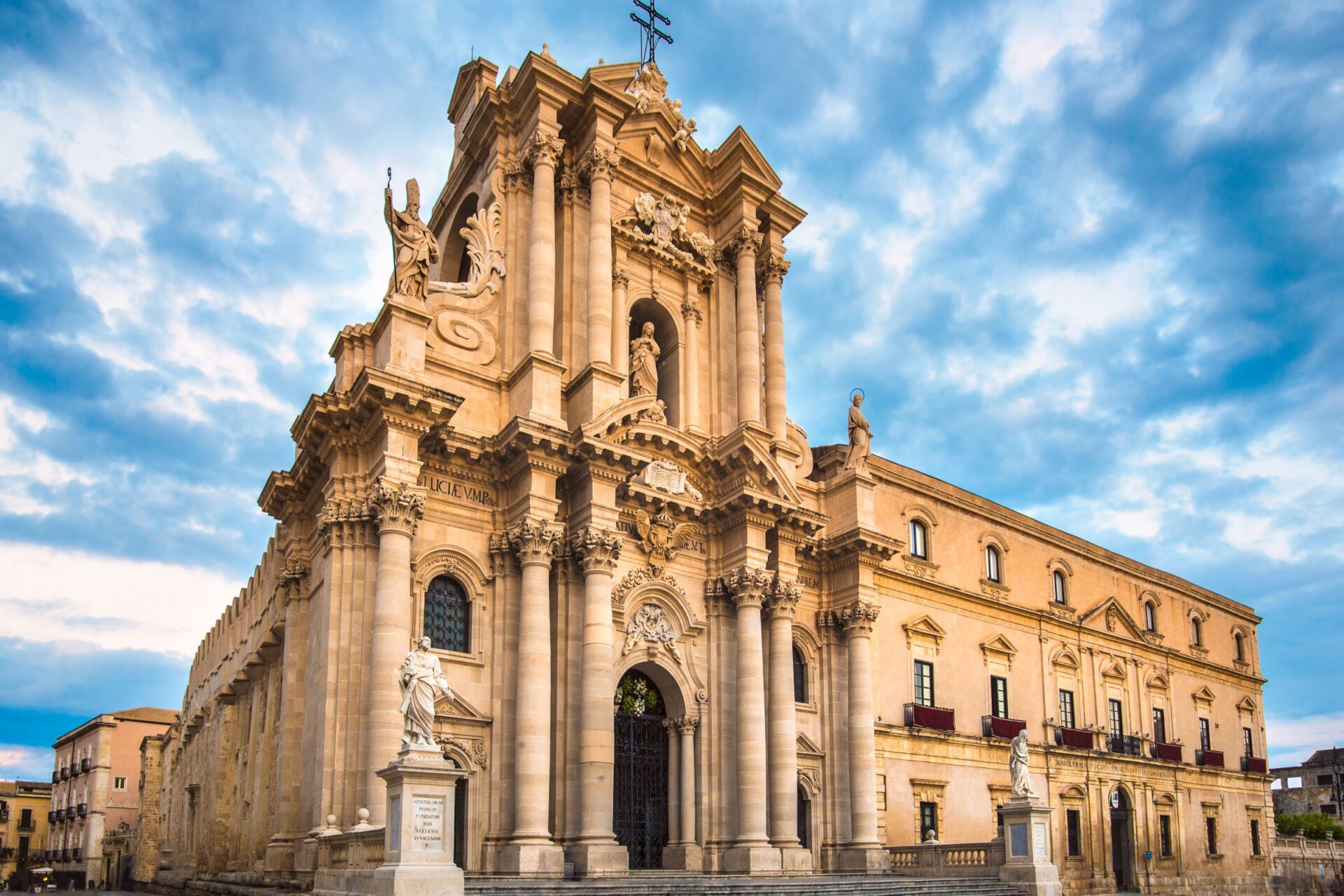
The Architecture and Artistry of Sicily’s Temples
Sicily’s temples show off some of the most impressive ancient Greek architecture outside Greece. The island’s spot in the Mediterranean helped these structures survive, and later civilizations left their mark too.
Classical Greek Architecture Across the Island
I couldn’t believe how many Greek temples Sicily packs in. Walking among these ancient buildings, I kept noticing the sturdy Doric columns—simple and strong, not as fancy as the Ionic or Corinthian styles.
The Temple of Concordia in Agrigento really wowed me. It’s one of the best-preserved Greek temples anywhere.
Built between 440-430 BC, this temple’s proportions feel just right. The symmetry and careful math behind these buildings help explain why Greek architecture became so influential.
In the Valley of the Temples, the builders put many temples along ridges so you can see them from miles away. It’s a genius mix of religious devotion and show-off architecture.
Byzantine and Roman Influences
As I explored more, I started seeing how Sicily’s temples changed when the Romans took over. They didn’t destroy the Greek buildings—instead, they reused them and added their own touches.
Roman additions show up in the arches, domes, and fancier decorations. In Syracuse, Roman engineers took Greek structures and mixed in their advanced techniques, like aqueducts and concrete vaults.
Later, Byzantine influences crept in, especially in religious buildings. They blended Greek foundations with Byzantine changes, creating unique hybrid styles you don’t really see elsewhere.
Some temples turned into churches. That helped preserve the old buildings, even as their use changed.
Mosaics and Decorative Details
The artistic details in Sicily’s temples honestly blew me away. Byzantine mosaics cover many of the converted temple-churches, with intricate patterns and religious images in colors that still pop after all these years.
At Villa Romana del Casale, I spent ages staring at floor mosaics showing scenes from daily Roman life, mythology, and wild geometric designs. Craftspeople used tiny colored stones called tesserae to create images with surprising detail.
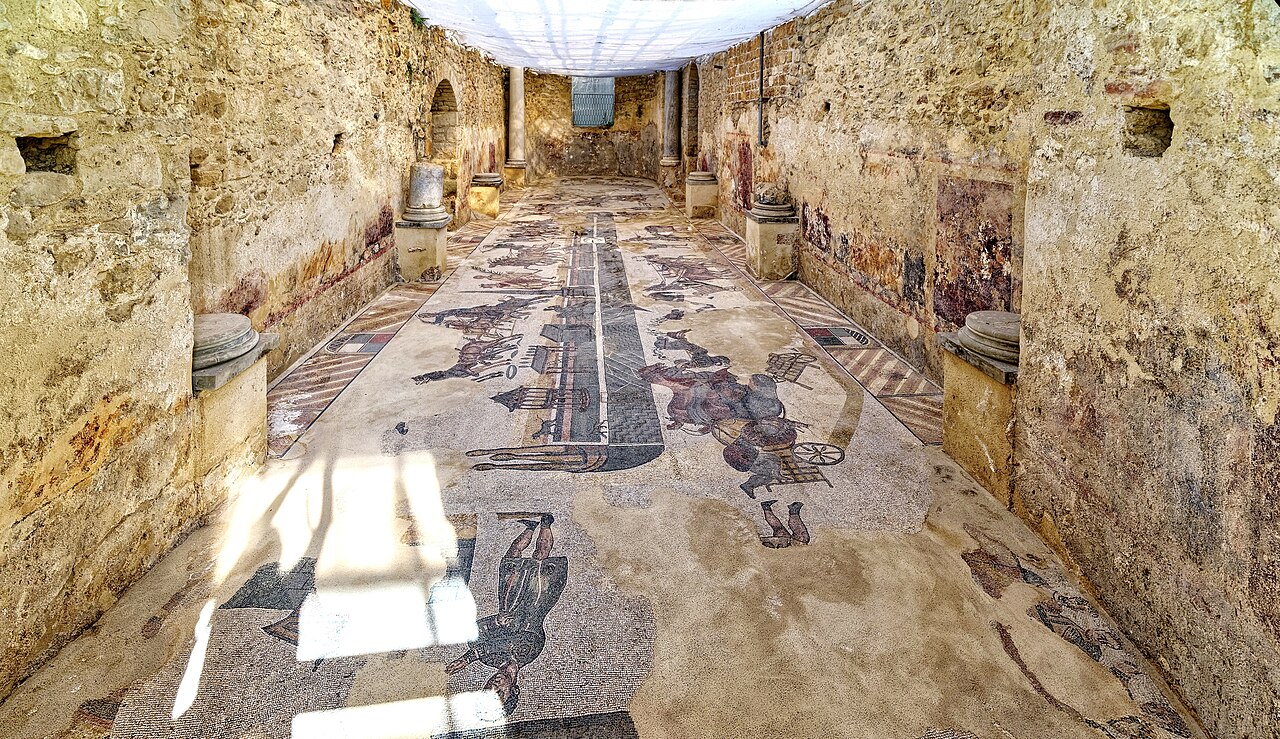
Image Source: Wikimedia Commons
Temple decorations also include stone friezes carved with battles, religious ceremonies, and mythological stories. The amount of detail is kind of mind-boggling, considering the tools they had.
Many temples feature acroteria—those decorative bits at the peak and corners of the roof—often showing animals, mythological figures, or flowers that add a little flair to these already impressive buildings.
Exploring Sicily’s Cities and Cultural Treasures
Sicily’s cities serve up a wild mix of history, architecture, and experiences that go way beyond the ancient temples. Each city has its own personality and hidden gems.
Taormina and the Greek Theater
Taormina sits high on a hillside above the Ionian Sea, and I fell for it fast. The ancient Greek theater (Teatro Greco) left me speechless with how well it’s survived and the way it frames Mount Etna and the sea.
The theater dates back to the 3rd century BCE, and honestly, the view alone is worth the trip.
I spent a lazy afternoon wandering Taormina’s pedestrian streets lined with shops, cafes, and old stone buildings. The Duomo, with its fortress-like look and Renaissance touches, stands in stark contrast to the ruins nearby.
Taormina really comes alive after dark. The main drag, Corso Umberto, fills up with locals and visitors out for a stroll, and the whole place feels magical under the stars.
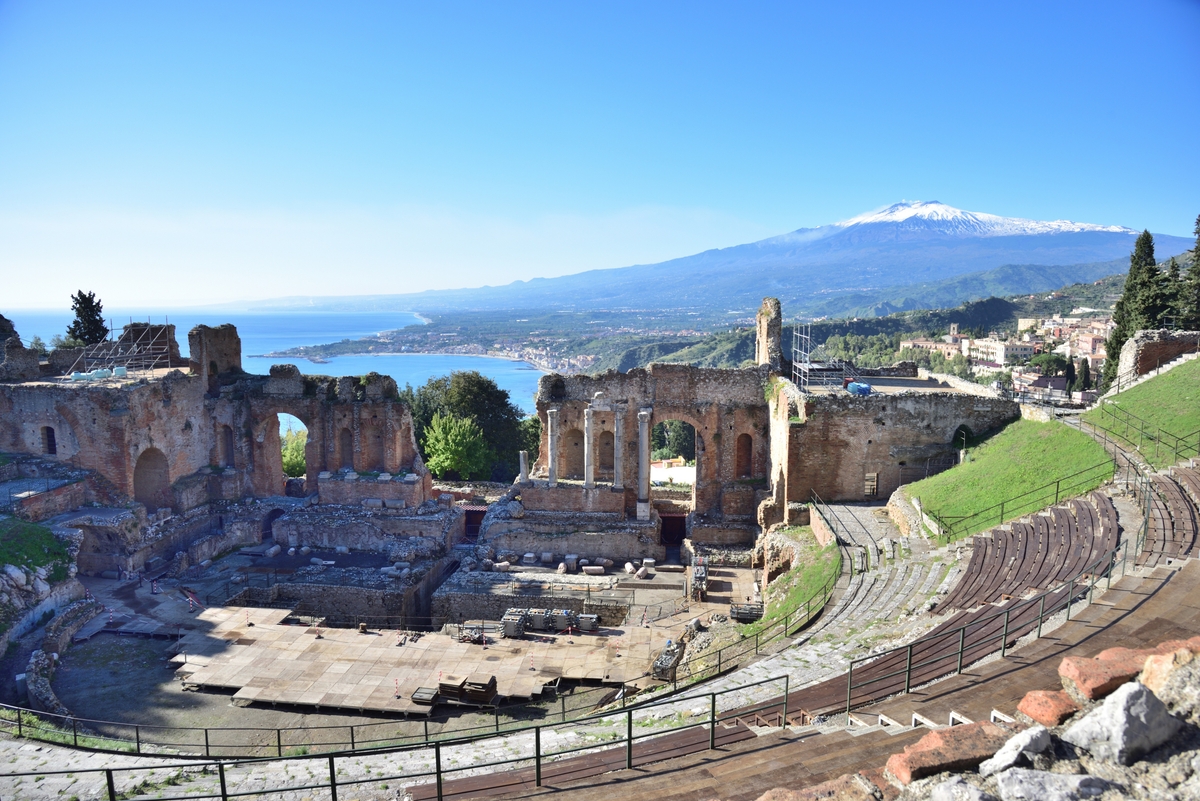
Cefalù’s Coastal Charms
A day trip to Cefalù showed me one of Sicily’s most picturesque coastal towns. The huge Norman cathedral dominates the skyline, its twin towers watching over the old town since the 1100s.
I kicked off my shoes and walked the crescent beach, watching fishermen fix their nets beside colorful boats. The late afternoon light bouncing off the stone buildings made for perfect photos.
The town’s winding streets led me to surprises—tiny squares with outdoor cafes, ancient washing basins still fed by mountain springs, and locals happy to chat. Climbing La Rocca, the rocky hill above town, rewarded me with killer views of the coast and the red rooftops.
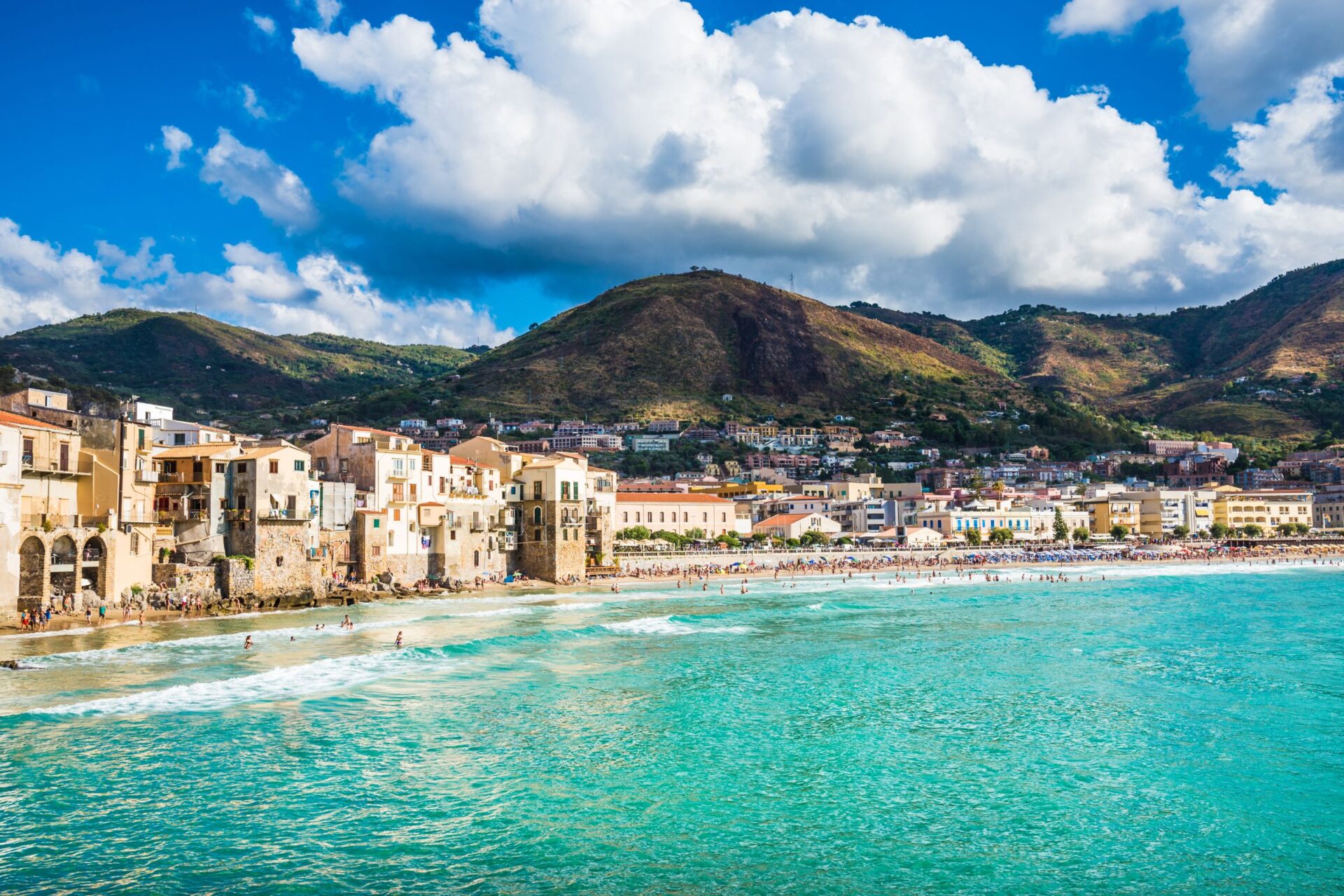
Catania, Mount Etna, and the Flair of Eastern Sicily
Catania caught me off guard with its personality and all that dark volcanic stone. The city sits in Mount Etna’s shadow—Europe’s most active volcano—which I explored on a wild guided tour to see its smoking craters and lunar landscapes.
Back in town, I checked out Catania’s ancient theater, where people have watched performances since Greek times. Now, it hides partly beneath modern buildings, showing how old and new live side by side in Sicily.
The fish market (La Pescheria) became my morning ritual. I watched vendors shout over tables piled with fresh seafood. Not far away, Piazza del Duomo shows off the city’s baroque architecture and the famous Elephant Fountain, a quirky symbol that dates back to Roman days.
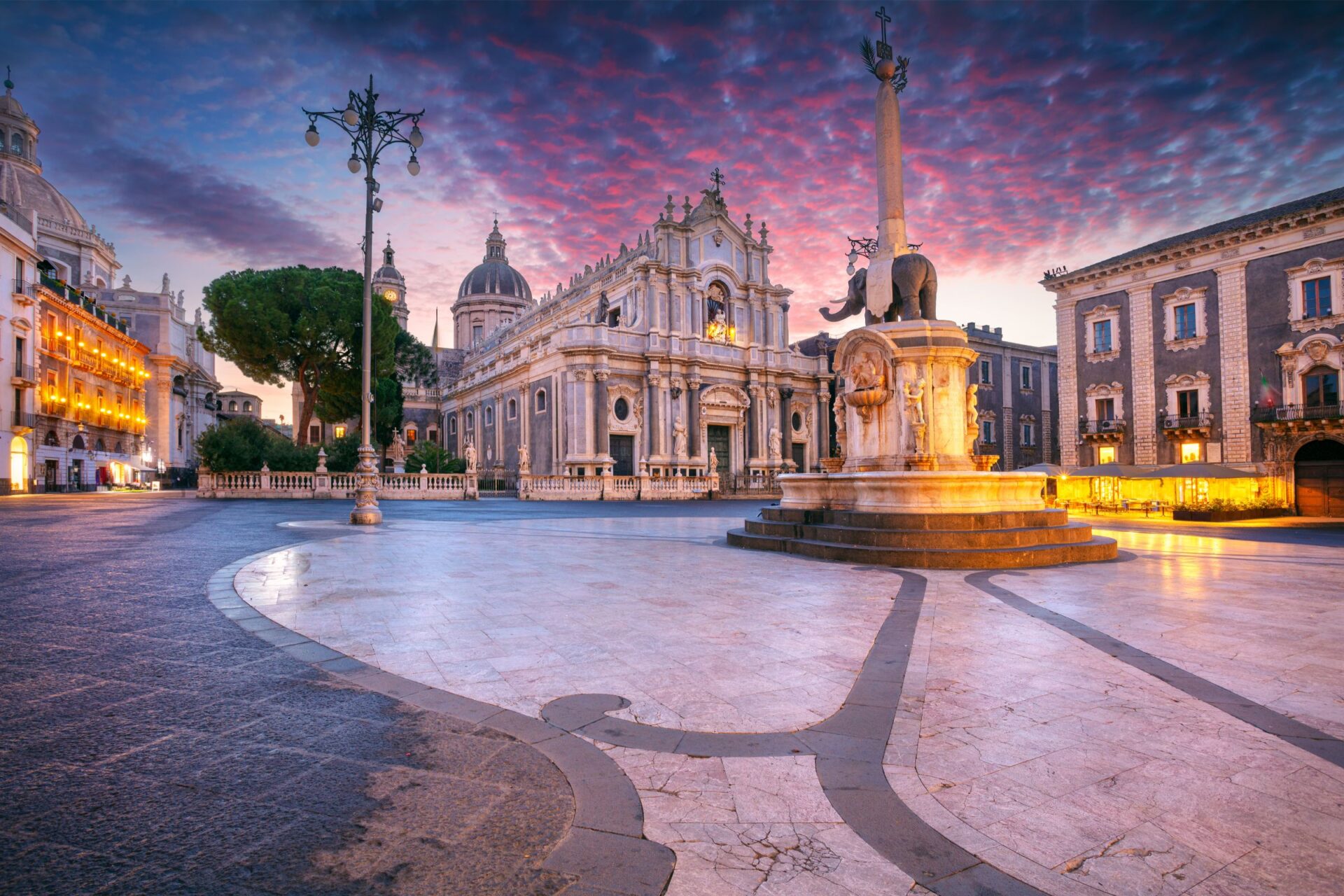
Flavors of Sicily: Food, Wine, and Sweet Discoveries
Sicilian food hooked me from the first bite, with its bold flavors and deep roots in the island’s history. Every meal felt like a story.
Iconic Sicilian Desserts and Pasticceria Maria Grammatico
I found dessert heaven at Pasticceria Maria Grammatico in Erice. Maria, who learned her craft as an orphan in a convent, runs this legendary bakery and makes sweets that tell Sicily’s story through sugar and almonds.
Her almond pastries, made from old recipes, basically melted in my mouth. The marzipan fruits looked so real, I had to double-check before eating one.
Maria sticks to traditional methods, using local ingredients like Sicilian almonds, pistachios from Bronte, and fresh citrus that fills the whole shop with fragrance.
The pasta di mandorle (almond cookies) became my daily treat, always with a strong espresso as I watched locals and tourists pile into this sweet little temple of pastry.
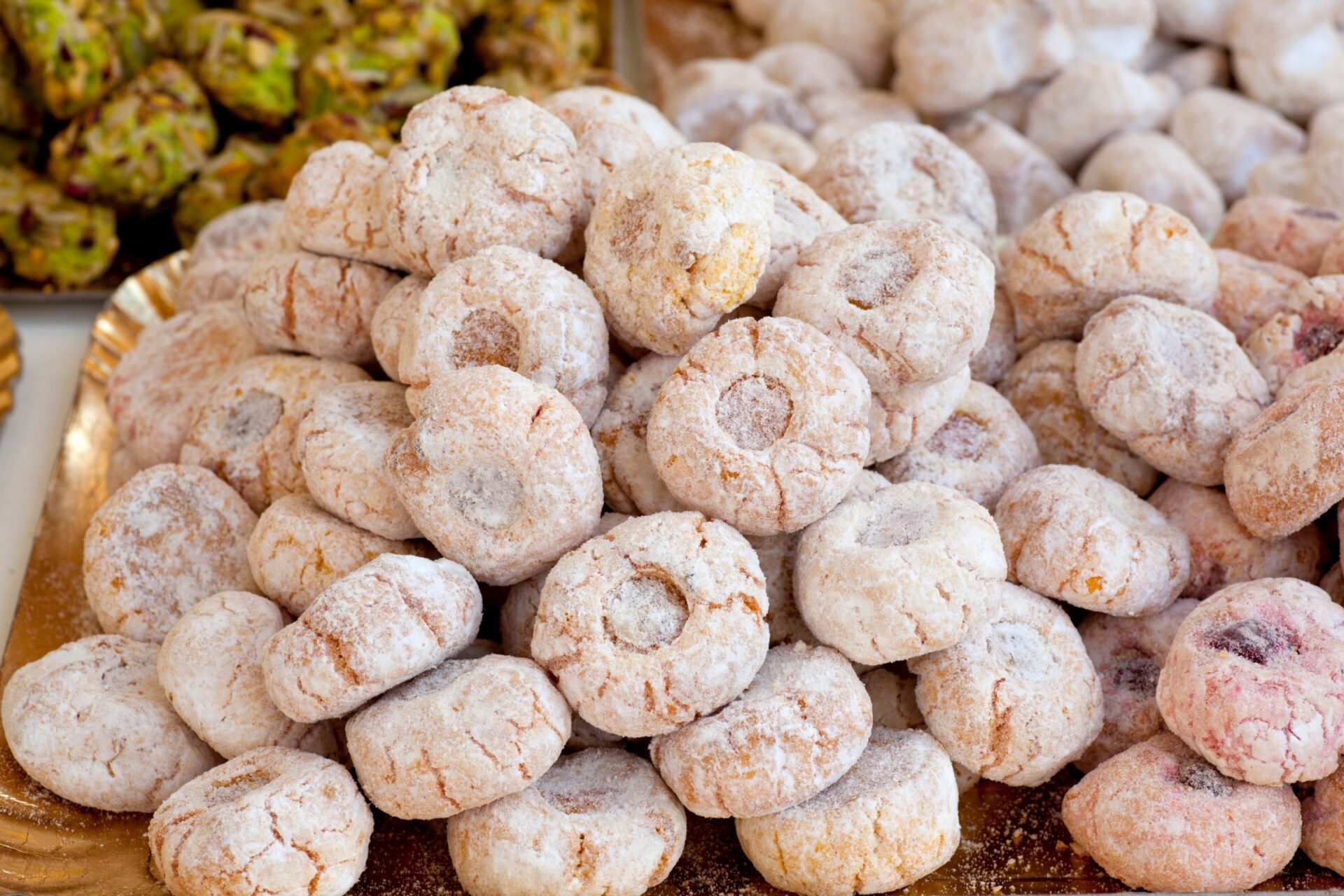
Savoring Sicilian Wine and Marsala
Sicily’s wines genuinely surprised me. I didn’t expect such character and complexity. The island’s mix of microclimates gives life to varieties that honestly rival Italy’s more famous wine regions.
I dropped by a family vineyard near Marsala, where generations have poured their hearts into crafting the famous fortified wine. That amber liquid—sometimes dry, sometimes sweet—hit me with notes of vanilla, dried fruits, and a touch of caramel.
The winemaker told me how British merchants actually influenced Marsala’s creation. They started adding brandy to strengthen the wine so it could survive long export journeys.
Nero d’Avola won me over fast. It bursts with bold cherry flavors and spicy notes, and it pairs perfectly with Sicily’s hearty meat dishes.
Etna’s white wines, grown on volcanic slopes, caught me off guard. Those high-altitude vineyards crank out wines with a mineral complexity and a freshness I didn’t expect, especially given Sicily’s heat.
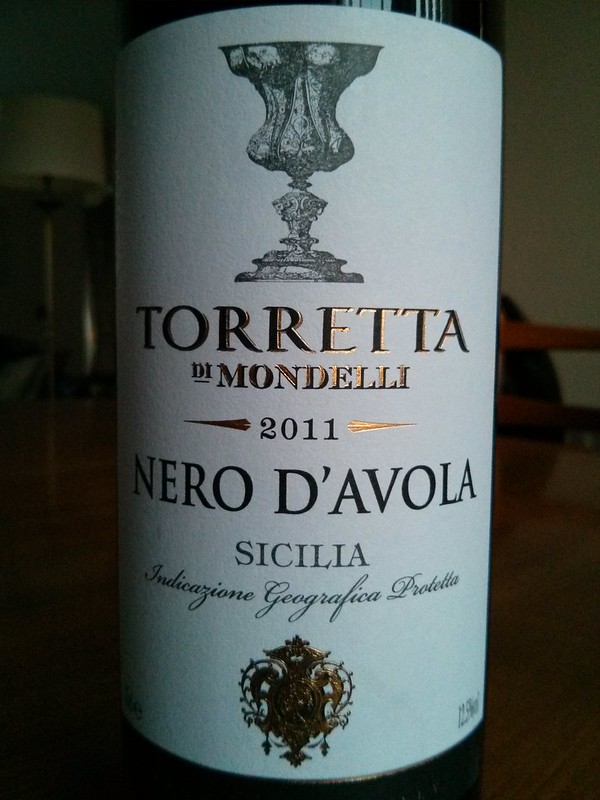
Image Source: Flickr
Gelato, Cannoli, and More
Sicilian gelato? It deserves its own love letter. It’s denser and creamier than anywhere else, thanks to fresh ingredients that really show off the island’s produce.
Almond, pistachio, and fresh fruit flavors tasted like the pure essence of the ingredients. Many gelaterie still make their treats daily—sometimes even hourly when summer hits its peak.
Cannoli became a small obsession for me. Crisp shells, sweetened ricotta, sometimes studded with chocolate chips or candied fruit—what’s not to love? The trick is to find shops that fill them to order, keeping the shell crisp.
“The cannoli must be filled just before eating,” a baker insisted, showing me how it’s done.
Granita, that semi-frozen treat somewhere between sorbet and Italian ice, rescued me during hot afternoons. Its slightly grainier texture comes from the hand-scraping method that dedicated artisans still use.
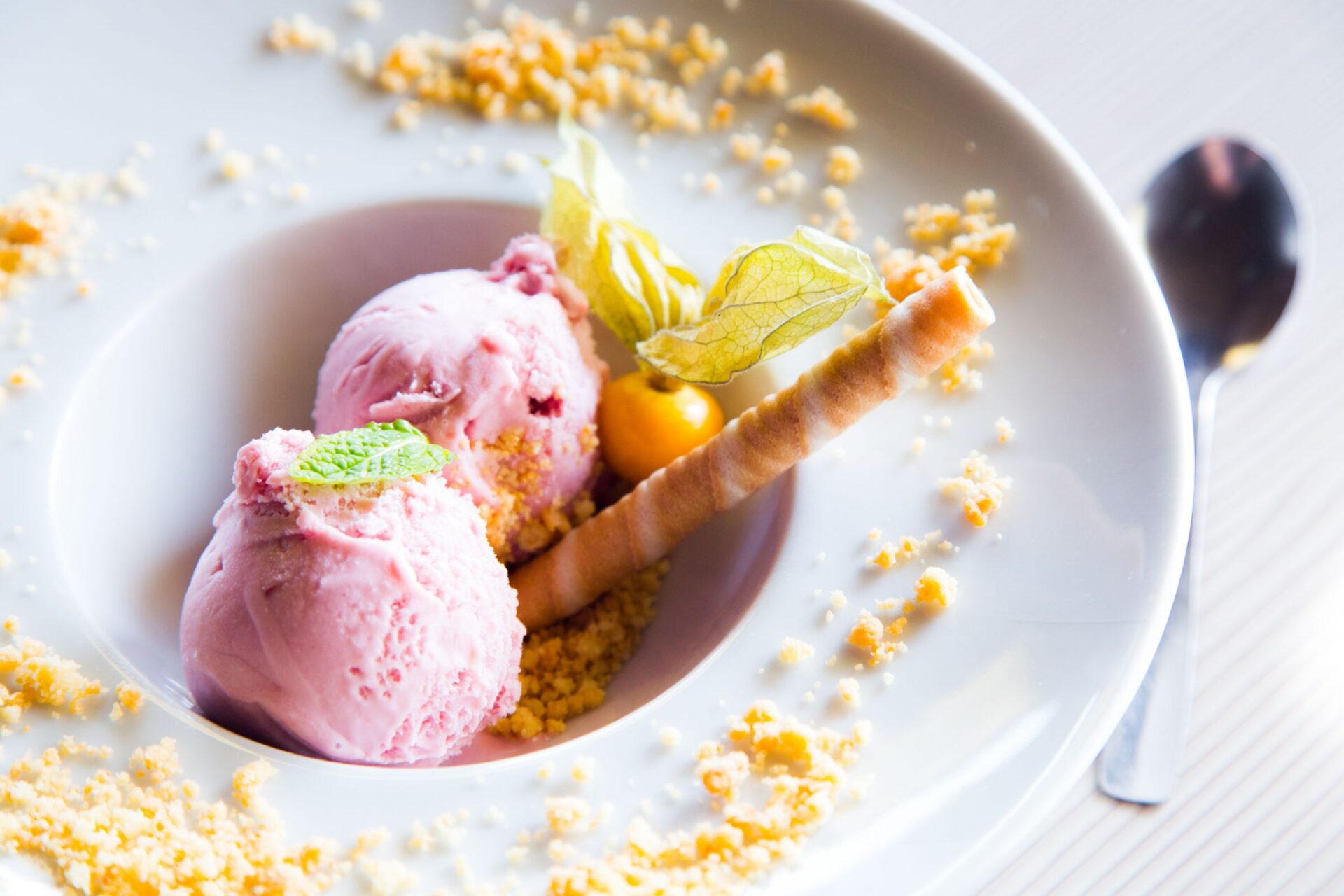
Beyond the Temples: Day Trips and Hidden Gems
Sicily offers way more than its famous Greek temples. On my journey, I stumbled across charming towns, breathtaking islands, and architectural gems that honestly deserve just as much attention.
Erice and the Countryside
Erice, perched high on a mountain, instantly stole my heart. Its winding stone streets and the ever-present fog create a mystical atmosphere you just won’t find anywhere else in Sicily.
I wandered for hours through narrow alleyways, pausing at shops selling local ceramics and those famous almond pastries.
From Erice, the countryside spreads out in a patchwork of vineyards and olive groves. Local farms often open their doors for tours and tastings, and I sampled some incredible Sicilian wines with regional cheeses and olive oils.
Driving up to Erice is an adventure in itself. Sweeping views of the coastline unfold below. If you can, visit early in the morning—fewer crowds, and the mist still clings to the ancient walls.

Image Source: Lonely Planet
Trapani, the Aeolian Islands, and Coastal Adventures
Trapani caught me off guard with its elegant old town and working salt pans. The crescent-shaped harbor made a great base for exploring Sicily’s islands.
The Aeolian Islands became my favorite day trip from the mainland. I hopped on a hydrofoil to Lipari, the biggest island, with its colorful harbor and archaeological museum.
Some travelers head to Stromboli to watch its active volcano put on a show at night. That’s definitely on my list for next time.
If you love beaches, the coastline near Trapani offers crystal-clear water and sandy stretches. I splurged on a boat rental for a day to check out hidden coves you can only reach by sea.
Best Coastal Activities:
- Boat tour around the Aeolian Islands
- Swimming at secluded beaches
- Sampling seafood at waterfront restaurants
- Watching salt harvesting at Trapani’s salt pans
Baroque Beauty in Ragusa, Modica, and Scicli
The baroque towns in southeastern Sicily, all UNESCO-protected, show off the island’s architectural revival after the devastating 1693 earthquake. Ragusa Ibla, the historic center, made me feel like I’d wandered onto a movie set with its dramatic hilltop location.
Nearby Modica charmed me with its chocolate shops. The town makes chocolate using ancient Aztec methods brought over by Spanish rulers. I absolutely grabbed a few bars to bring home.
Scicli feels less touristy but just as beautiful. Strolling through its streets, I noticed fewer crowds but the same stunning baroque facades and ornate churches. The town sits nestled between rocky cliffs, which makes for a dramatic backdrop.
Fans of the Inspector Montalbano TV series might recognize these towns—many scenes were filmed here, drawing new visitors to appreciate their beauty.
Palaces, Chapels, and Iconic Landmarks in Palermo
Sicily’s capital? You really need at least a full day to get a feel for it.
The Cappella Palatina sits inside the Norman Palace, and wow, those Byzantine mosaics just cover everything. Gold leaf catches the light and throws this almost magical glow around the place.
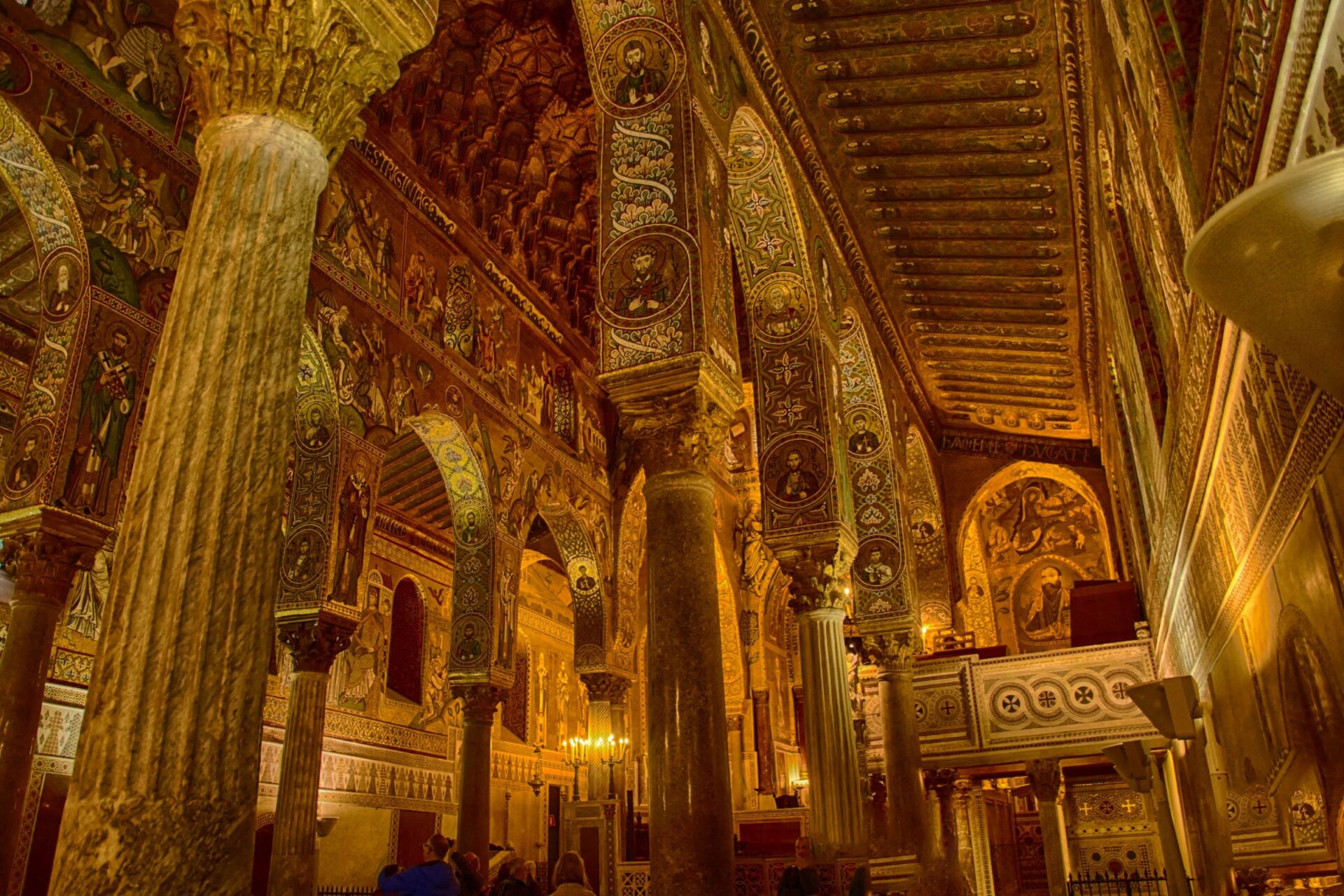
Teatro Massimo is Italy’s largest opera house, and you can’t miss it—it really shows off Palermo’s flair for culture. I joined a guided tour, mostly because I wanted to hear about those famously perfect acoustics and, honestly, the interior is just stunning.
Palermo’s street markets? They’re a totally different world. Vendors shout, colors and smells hit you all at once, and the sheer variety of fresh produce, spices, and seafood can almost knock you over.
You should definitely check out the Quattro Canti. Four baroque buildings meet to form this unique octagonal crossroads right in the middle of Palermo. I kept wandering back, always spotting some new detail in the architecture that I’d missed before.

